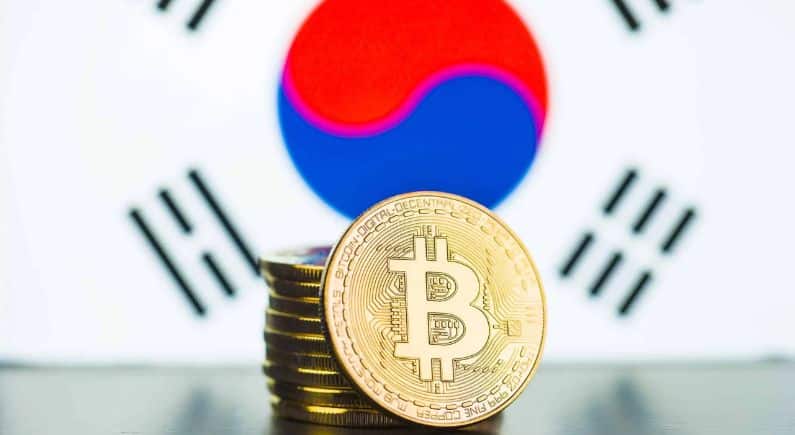AIBC Forex: Bank of Japan’s strategic bond buying spree as yields escalate

Japan’s Central Bank made a significant move in the financial markets by purchasing US$12.7 billion worth of government bonds, as yields on benchmark bonds hit their highest point in a decade. This unexpected intervention comes at a time when a global market sell-off that been driving US Treasury yields to 16-year highs.
Unprecedented Central Bank intervention
The Bank of Japan’s decision to buy ¥675 billion (US$ 4.52 billion) worth of Japanese government bonds with maturities between five and ten years sent shockwaves through the financial markets. This unscheduled move exceeded market expectations and highlights the central bank’s commitment to controlling yields, especially on the 10-year Japanese government bond (JGB).
Despite the Bank of Japan’s intervention, the yields on the 10-year JGB rose to 0.783 percent. This increase reflects market speculation that the BoJ may be considering an exit from the negative interest rate policy that has been in place since 2016, making Japan the last country in the world to maintain such rates. Yields on five-year and 20-year JGBs also reached multi-year highs, raising concerns about the central bank’s ability to counter the prevailing trend in yields.
Implications for global markets
The rise in Japanese government bond yields coincided with a sell-off in US Treasuries, with yields reaching 16-year highs. The yield on the US 10-year note surged to 4.85 percent, reflecting market expectations that interest rates will remain elevated for an extended period. This development has significant implications for global investors, as higher US yields can impact various asset classes and influence investment decisions worldwide.
The turmoil in bond markets has also had a ripple effect on Asian equities. Japan’s Topix declined by 1.9 percent, Hong Kong’s Hang Seng index fell by 1 percent, and South Korea’s Kospi shed 2.2 percent, indicating the interconnectedness of global financial markets and the impact of rising yields on equity markets.
Japan’s policy dilemma
The Bank of Japan is currently facing a challenging policy dilemma. On one hand, it must navigate the delicate task of controlling yields to support economic stability and prevent abrupt currency depreciation. On the other hand, it faces mounting pressure to address the negative interest rate regime, which has been in place for nearly six years.
The recent weakening of the yen, which briefly dipped below ¥150 to the dollar, raised questions about potential currency intervention by Japanese authorities. While there is speculation regarding such intervention, it remains unconfirmed. Japanese Finance Minister Shunichi Suzuki has refrained from commenting on this matter but emphasized preparedness to take action against excess volatility.
In conclusion, the Bank of Japan’s unexpected bond purchases and the subsequent rise in yields have sent a clear signal to global markets. As central banks worldwide grapple with the challenge of managing interest rates and supporting their respective economies, the implications of Japan’s actions reach far beyond its borders. Global investors will closely monitor how this development shapes future monetary policies and financial market dynamics.
Related topics:
Stop Press: AIBC Europe takes place in Malta between 13 – 17 November
Binance exits Russian market selling business to newcomer (aibc.world)
Possible IPO for Silicon Valley fintech startup after failed Visa deal (aibc.world)






